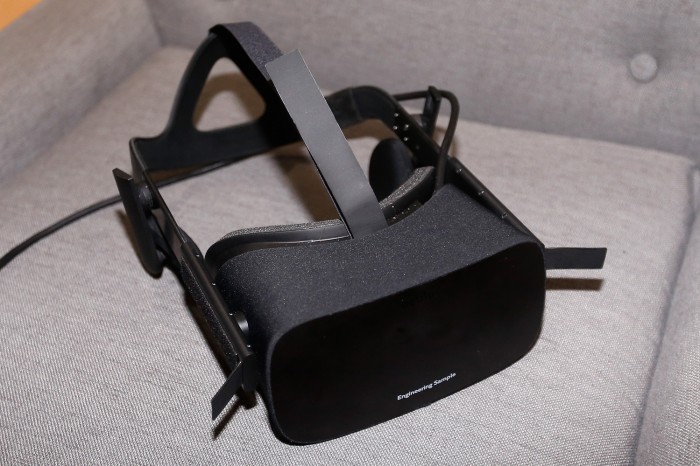Another Price Slash Suggests the Oculus Rift Is Dead in the Water

Despite Mark Zuckerberg’s early enthusiasm for virtual reality, the technology has stubbornly remained a hard sell for Facebook (50 Smartest Companies 2017). Now, in yet another sign that VR is failing to capture the imagination of the public, the company has just cut the price of its Oculus Rift hardware for the second time this year.
For the next six weeks, the Oculus Rift headset and its matching controllers will cost just $399. That’s $400 less than when it first hit the market, and $200 less than when its price was first slashed in March. It means that the Rift now costs less than the package offered by its cheapest rival, Sony, whose PlayStation VR currently totals $460 including headset and controllers.
Even so, it’s not clear that it will be enough to lure people into buying a Rift. A year ago, our own Rachel Metz predicted that the Rift would struggle against Sony’s offering because the former requires a powerful (and expensive) gaming computer to run, while the latter needs just a $350 PlayStation 4 game console.
Jason Rubin, vice president for content at Oculus, tells Reuters that the reduction isn’t a sign of weak product sales, but rather a decision to give the headset more mass market appeal now that more games are available. Don’t believe it: this is the latest in a string of bad news for the firm, which has also shut down its nascent film studio, shuttered in-store demo stations of its hardware, and stumped up $250 million as part of a painful intellectual property lawsuit in the last six months.
Of course, nobody said that rolling out VR would be easy. Three years after Facebook acquired Oculus for $2 billion in 2014, Mark Zuckerberg admitted that it would probably take 10 years or more for VR to reach the mass market. But if prices have to keep falling like this, it looks like VR may be a tougher sell than even Zuck imagined.
(Read more: Fortune, Reuters, “Winners and Losers Begin to Emerge in VR Hardware Race,” “What Zuckerberg Sees in Oculus Rift,” “Why Oculus and HTC Need to Watch Out for Sony in VR”)
Keep Reading
Most Popular
Large language models can do jaw-dropping things. But nobody knows exactly why.
And that's a problem. Figuring it out is one of the biggest scientific puzzles of our time and a crucial step towards controlling more powerful future models.
How scientists traced a mysterious covid case back to six toilets
When wastewater surveillance turns into a hunt for a single infected individual, the ethics get tricky.
The problem with plug-in hybrids? Their drivers.
Plug-in hybrids are often sold as a transition to EVs, but new data from Europe shows we’re still underestimating the emissions they produce.
Stay connected
Get the latest updates from
MIT Technology Review
Discover special offers, top stories, upcoming events, and more.